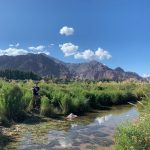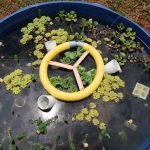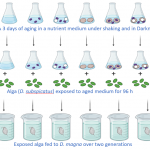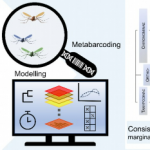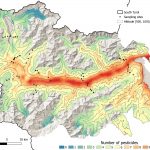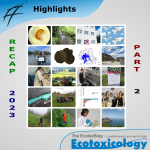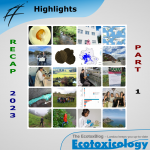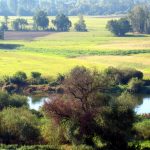In this blogpost Frederik Meyer and his colleagues talk about their research experience of investigating human impacts on the surface water quality and functioning in the Mendoza province of Argentina.
Continue readingHuman impacts in surface waters in Mendoza province, Argentina
